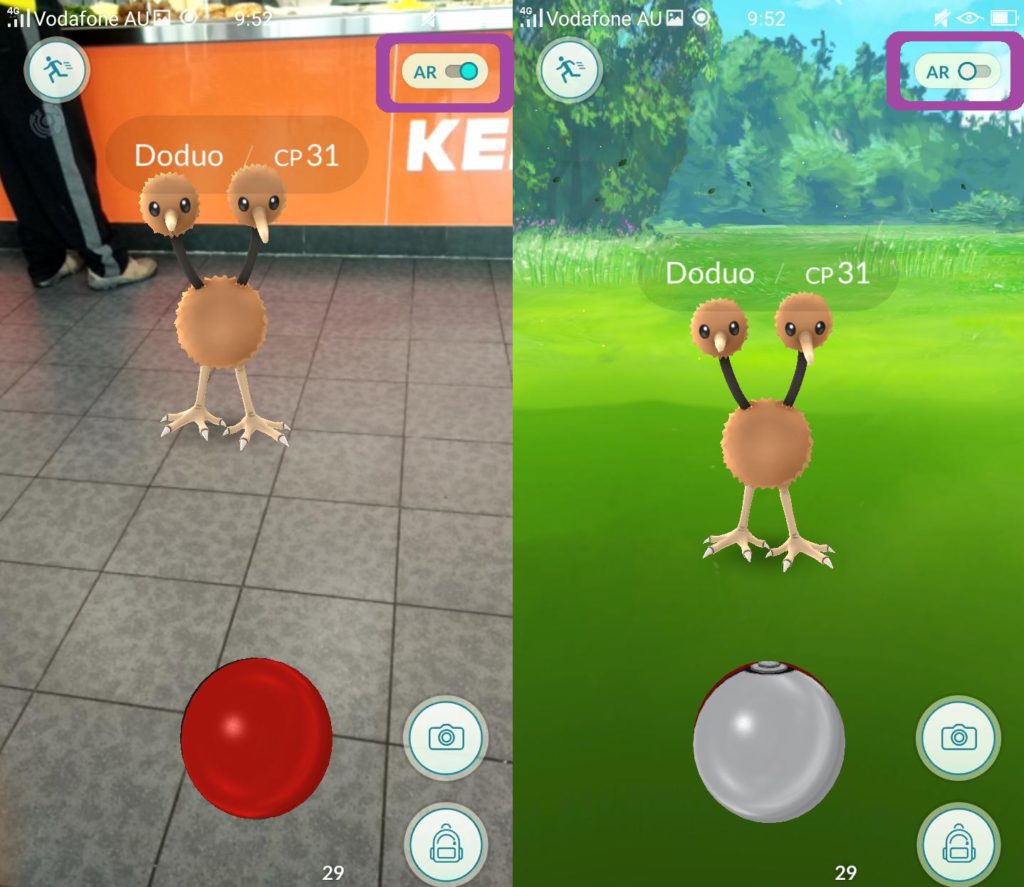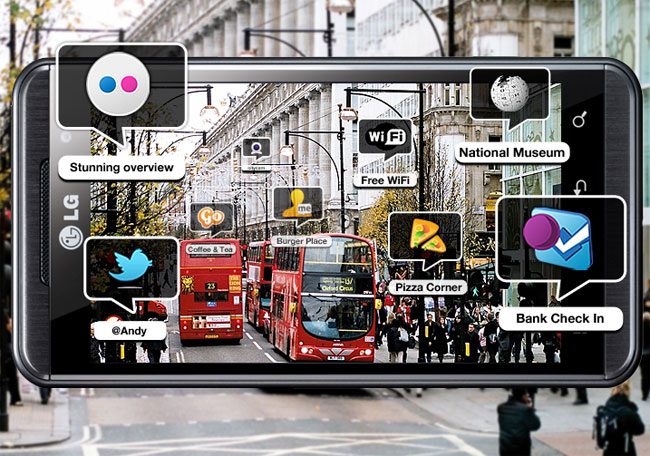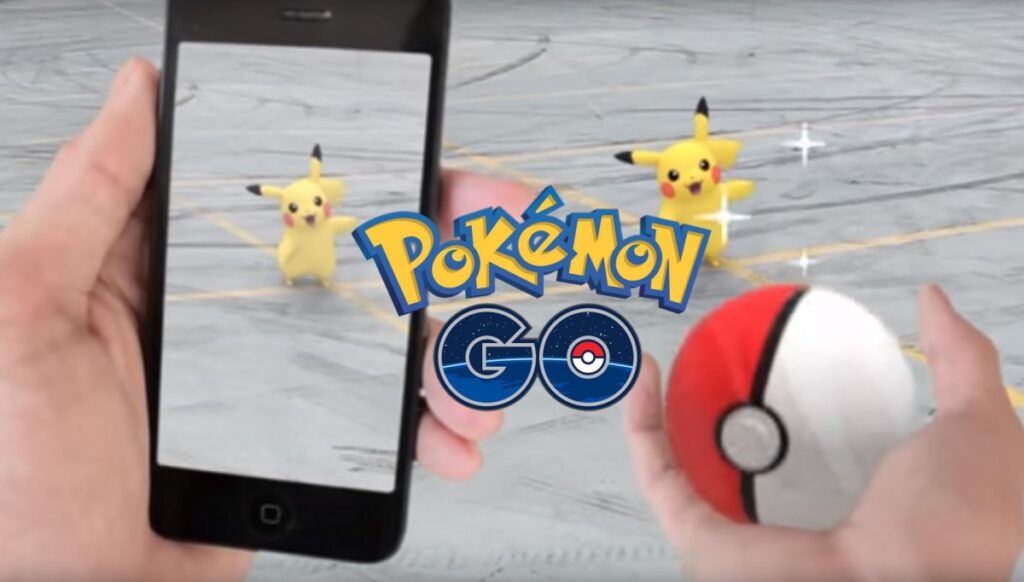I never imagined virtual characters from my childhood in the 90s would be game changers for the 21st century consumer entertainment industry. Hard to believe; but we are currently witnessing a digital revolution brought about by a game involving ‘pocket monsters’ – Pokemon Go. Of course, Pokemon Go may seem childish or insignificant to many people, but there’s no denying it is more than just a game. Pokemon Go and Augmented Reality is a revolution – a revolution that familiarizes the promising technology of augmented reality to the global masses. Here, we shall look into how Pokémon make a successful comeback sparking an unexpected mindfulness of AR technology.
Why Augmented Reality Failed Before
‘Augmented reality’, or simply ‘AR’, is technology that superimposes the virtual world with the real world. In simple terms, AR overlays digital (virtual) images on user’s view of the actual world. The technology has been around since 1990’s, and the 21st century witnesses many promising developments such as Google Glass, HoloLens and other AR glasses, which you can find here. However, these innovations seem to affect only small factions of the population and fail to mass market the technology to a larger population. Take the example of Google Glass and Microsoft’s HoloLens – in spite of their thundering arrival; we can’t say that they succeed in promoting an AR culture among general people. . One reason can be the cost of these gadgets and in some way – their limited features and inattention of the general population. Augmented reality apps for smartphones and even games similar to Pokémon Go (remember Ingress?) were released; but they barely made any headlines.
Niantic, the same company that brought us Pokemon Go, had previously released a game – ‘Ingress’ in 2012 for Android and in 2014 for iOS. Ingress, like Pokemon Go, is location-based entertainment, which also implement features of AR. Although it latched up over 11 million downloads, dedicated players are few and the game has little impact on AR technology. Niantic didn’t give up with Ingress and instead came up with a new idea to popularize their concept – reviving the well-loved pocket monsters.

Behind Pokémon’s Comeback
With its first release in 1996 for Nintendo’s Game Boy as Pokémon Red and Green versions, Pokémon has been among the favorites series of major youth populations around the globe. This was followed by release of other versions and eventually movies, playing cards, manga series and computer games, adding to the growth of the Pokémon franchise. Although the global hits died down in the last decade, new Pokemon versions were still released in 2014, and Nintendo plans to release more this year. In April 2014, Satoru Iwata of Nintendo and Tsunekazu Ishihara of The Pokémon Company jointly proposed the concept of Pokémon Go. Then, in 2015, Niantic Inc. announced that they are working on the Pokémon Go app for both Android and iOS in partnership with Nintendo and The Pokémon Company. The beta version of the app was released in few countries during March and April of this year. The first launch of the Pokémon Go app was on 6th July in selected countries and until now majority of the countries have Pokemon Go launched in their region.
Until 6th August 2016, over 100 million downloads of Pokémon Go app was counted in Google Play alone. What makes this possible? Well, the right combination of several elements – both technological and psychological, we can say. The following points are worth consideration:
• The Pokémon Go game is location-based and users are required to get out of their seat. It’s no typical game.
• The AR feature the app offers is one of the main attraction for users all over the world as for many users, playing Pokémon Go was their first ever AR experience.
• Most smartphone users can access their AR-enabled Pokémon Go in their Android and iOS devices alone without the need of any additional gadgets or console for AR such as Google Glass.
• Many people who were acquainted with Pokémon media since the 1990’s are tempted to get another experience of the franchise that had given them joy and entertainment in their younger past. This is a kind of psychological effect as people are desirous to explore their nostalgia again.

What Can This Revolution Bring About?
Pokemon Go, a game that brought augmented reality (AR) to the forefront of everyone’s minds, has taken the world by storm. This phenomenal success not only popularized Pokemon Go and augmented reality, but also fueled anticipation for the technology’s future. While some might predict a dip in the game’s popularity eventually, its impact on the trajectory of Pokemon Go and augmented reality is undeniable. The game serves as a shining example of how AR can foster deeper connections with both the physical world and others, paving the way for a wave of innovative AR apps to emerge and redefine how we interact with our surroundings.

While the future of AR holds exciting possibilities, it’s worth acknowledging the significant role Pokemon Go and augmented reality played in bringing it to the forefront. With similar app advancements, imagine pointing your phone to see real-time data – temperature, humidity, even shop ratings – layered onto the real world. Shopping could be revolutionized with virtual try-on experiences, and travel or entertainment could blend seamlessly between the physical and virtual. The future looks bright, thanks in part to the groundwork laid by Pokemon Go and augmented reality’s innovative fusion.
Pokemon Go, a prime example of augmented reality (AR) in action, showcases its potential beyond entertainment with its paid “Lure” feature. This feature allows businesses like restaurants and shops to leverage AR, attracting customers by luring Pokemon to their location for a limited time. But Pokemon Go and augmented reality’s impact extend far beyond games, with the potential to disrupt academics as well. AR offers exciting possibilities for more practical and engaging learning methods for students and scholars.
So, the next time someone walks beside you scanning for Pokémon with their smartphone, think about the technology powering the game, and the endless applications that it’s poised to bring to your world.


